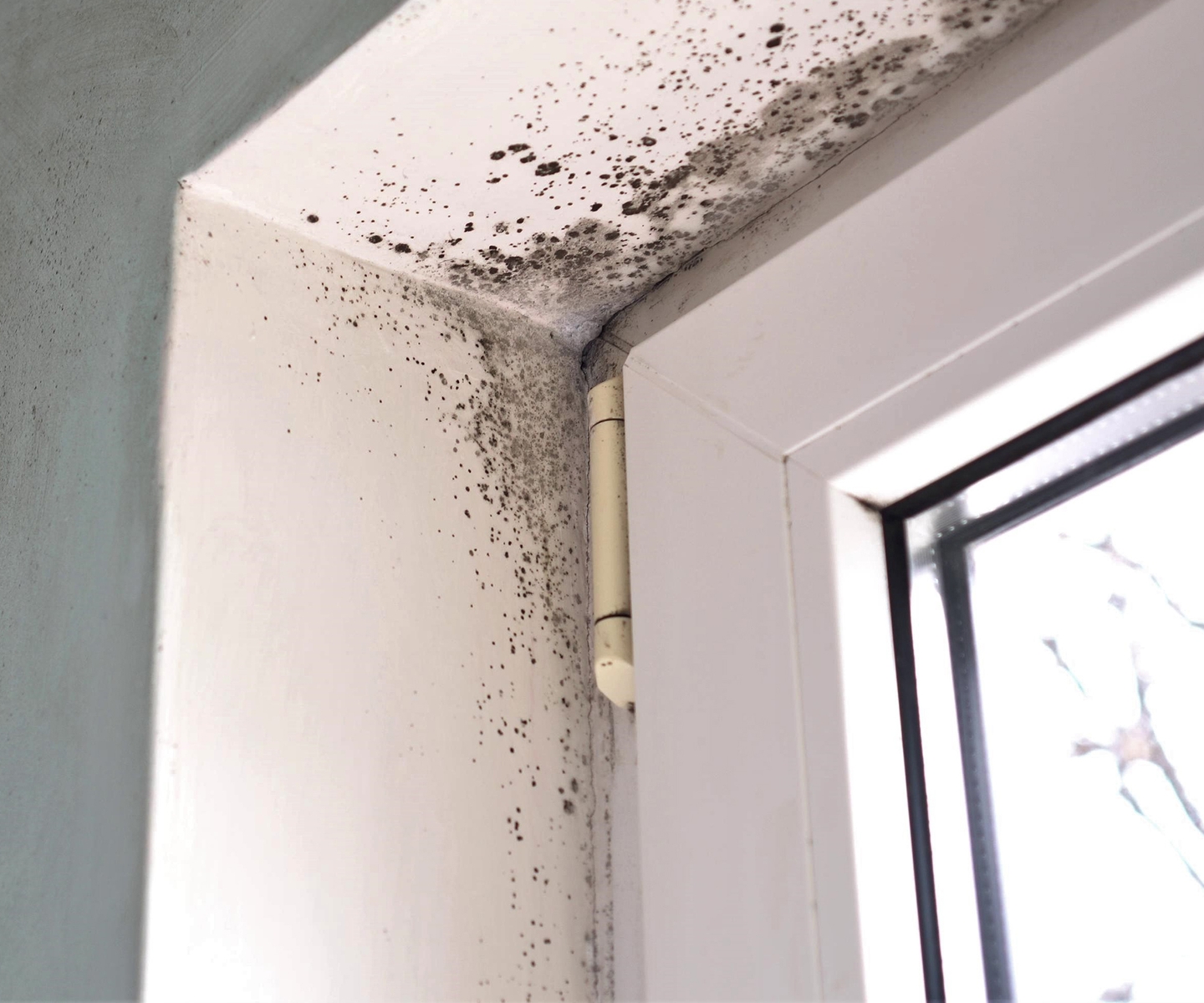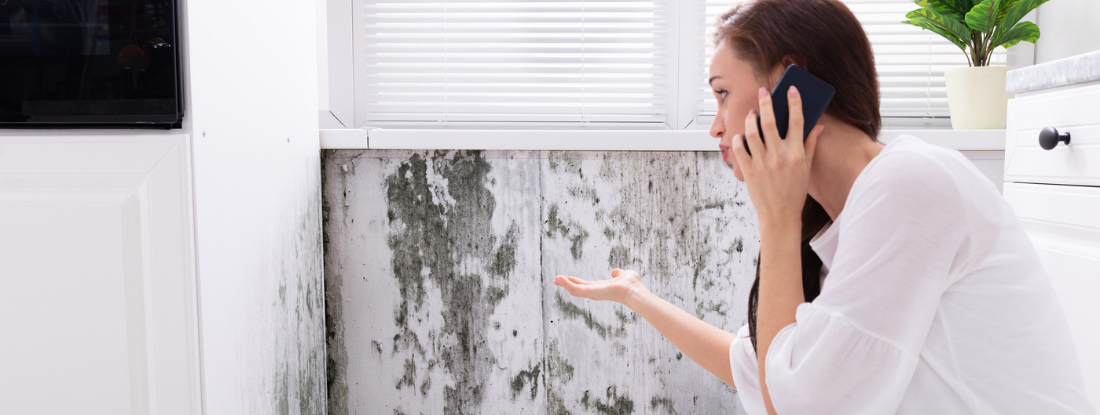Expert Tips for Post Mold Remediation Success
In the realm of mold and mildew removal, successfully eliminating mold and mildew is just half the fight; truth difficulty hinges on preventing its reappearance. Post-remediation efforts play an essential function in ensuring a mold-free atmosphere in the long-term. By sticking to experienced ideas and ideal methods, people can secure their rooms against mold revival and preserve a healthy and balanced indoor setting. It is in this stage of the removal procedure that focus to information and proactive measures genuinely make a difference.
Screen Moisture Levels Frequently
After finishing mold and mildew removal treatments, preserving optimum humidity levels is critical to prevent mold and mildew re-growth and guarantee a healthy and balanced interior atmosphere. High moisture degrees above 60% produce a helpful setting for mold and mildew to prosper, making regular keeping track of an aggressive step to stop any type of future mold and mildew problems.
Additionally, establishing a regular timetable for moisture checks, specifically in high-risk locations such as washrooms, basements, and cooking areas, is an aggressive approach to mold and mildew avoidance. By constantly checking moisture levels, residential property proprietors can properly alleviate the threat of mold reoccurrence and keep a healthy and balanced interior atmosphere post-remediation.
Conduct Thorough Inspections Post-Remediation
Adhering to the completion of mold removal treatments, it is vital to carry out detailed examinations to confirm the effectiveness of the removal process. These post-remediation examinations are important in guaranteeing that the mold concern has actually been effectively addressed and that there is no reappearance or continuing to be mold growth. Assessments ought to be accomplished by certified professionals that have proficiency in identifying mold and mildew and evaluating indoor air quality.
During these assessments, different approaches such as visual assessments, air sampling, and surface tasting might be employed to thoroughly evaluate the remediated locations. Visual evaluations involve a comprehensive assessment of the properties to look for any type of noticeable indications of mold and mildew development or water damages. Air sampling assists in figuring out the air-borne mold spore degrees, while surface area sampling can discover mold and mildew particles on surfaces.
Implement Appropriate Air Flow Methods
After making sure the effectiveness of the mold removal process via detailed examinations, the next vital action is to focus on applying correct air flow techniques. Ample ventilation is vital in protecting against mold reoccurrence by managing moisture degrees and promoting air blood circulation.
Correct ventilation not only help in preventing mold growth however also adds to the general health and wellness and convenience of residents. By guaranteeing adequate air flow throughout the residential property, you can lower the risk of mold and mildew regrowth and produce a healthier living Visit This Link atmosphere. Regular maintenance of ventilation systems, including cleansing and filter substitutes, is essential to maintaining reliable air flow. Consulting with cooling and heating experts can give further insights right into optimizing air flow strategies for your particular building demands.

Use Mold-Resistant Products for Fixes
To boost the long-term effectiveness of mold and mildew remediation efforts, integrating mold-resistant materials for repairs is important in minimizing the danger of future mold and mildew growth. Mold-resistant materials are made to stand up to wetness and hinder mold and mildew growth, making them a crucial choice for locations prone to moisture and moisture. When repairing locations impacted by mold, making use of products such as mold-resistant drywall, mold-resistant paints, and mold-resistant caulking can help avoid mold and mildew recurrence.
Mold-resistant drywall is an outstanding option to standard drywall in areas like cellars and washrooms where dampness levels are higher. When exposed to damp conditions, this type of drywall has a special covering that stands up to mold development also. Furthermore, using mold-resistant paints having antimicrobial representatives can even more hinder mold growth on wall surfaces and ceilings.
In areas where moisture is typical, such as bathroom and kitchens, utilizing mold-resistant caulking around windows, sinks, and tubs can assist secure out water and prevent mold and mildew from taking hold in cracks and crevices. By purchasing these mold-resistant materials during repair services post-remediation, you can substantially decrease the likelihood of future mold and mildew concerns and keep a healthier interior environment.
Maintain Cleanliness and Address Water Issues
Ensuring sanitation and quickly addressing water problems are basic practices to promote in securing interior spaces from mold reinfestation. After mold and mildew remediation, it is essential to maintain a clean atmosphere to stop the regrowth of mold and mildew (After mold remediation). Normal cleaning, dusting, and vacuuming can assist remove any remaining mold and mildew spores and avoid them from proliferating and clearing up. Furthermore, maintaining interior spaces completely dry and resolving any water problems immediately is vital in mold and mildew avoidance. Leakages, water intrusion, or high moisture levels can create the ideal reproduction ground for mold, so it is vital to deal with any type of water-related issues immediately.
To keep tidiness, take into consideration making use of HEPA filters in vacuums and air cleansers to trap mold spores and avoid their blood circulation airborne. Making certain appropriate ventilation in areas prone to moisture accumulation, such as bathrooms and kitchens, can help keep humidity degrees in try here check. By staying vigilant regarding tidiness and attending to water concerns promptly, you can effectively prevent mold reinfestation and keep a healthy and balanced interior setting.
Verdict

In the realm of mold and mildew remediation, efficiently removing mold is only half the fight; the true difficulty exists in stopping its reappearance. After finishing mold remediation treatments, preserving ideal moisture levels is important to avoid mold and mildew re-growth and ensure a healthy and balanced indoor setting. High moisture levels over 60% develop a favorable atmosphere for mold and mildew to grow, making routine keeping track of a proactive measure to stop any type of future mold concerns.
To boost the long-term efficiency of mold remediation initiatives, integrating mold-resistant materials for fixings is vital in reducing the danger of future mold and mildew development. After mold and mildew removal, it is vital to keep a tidy setting to avoid the regrowth of mold.